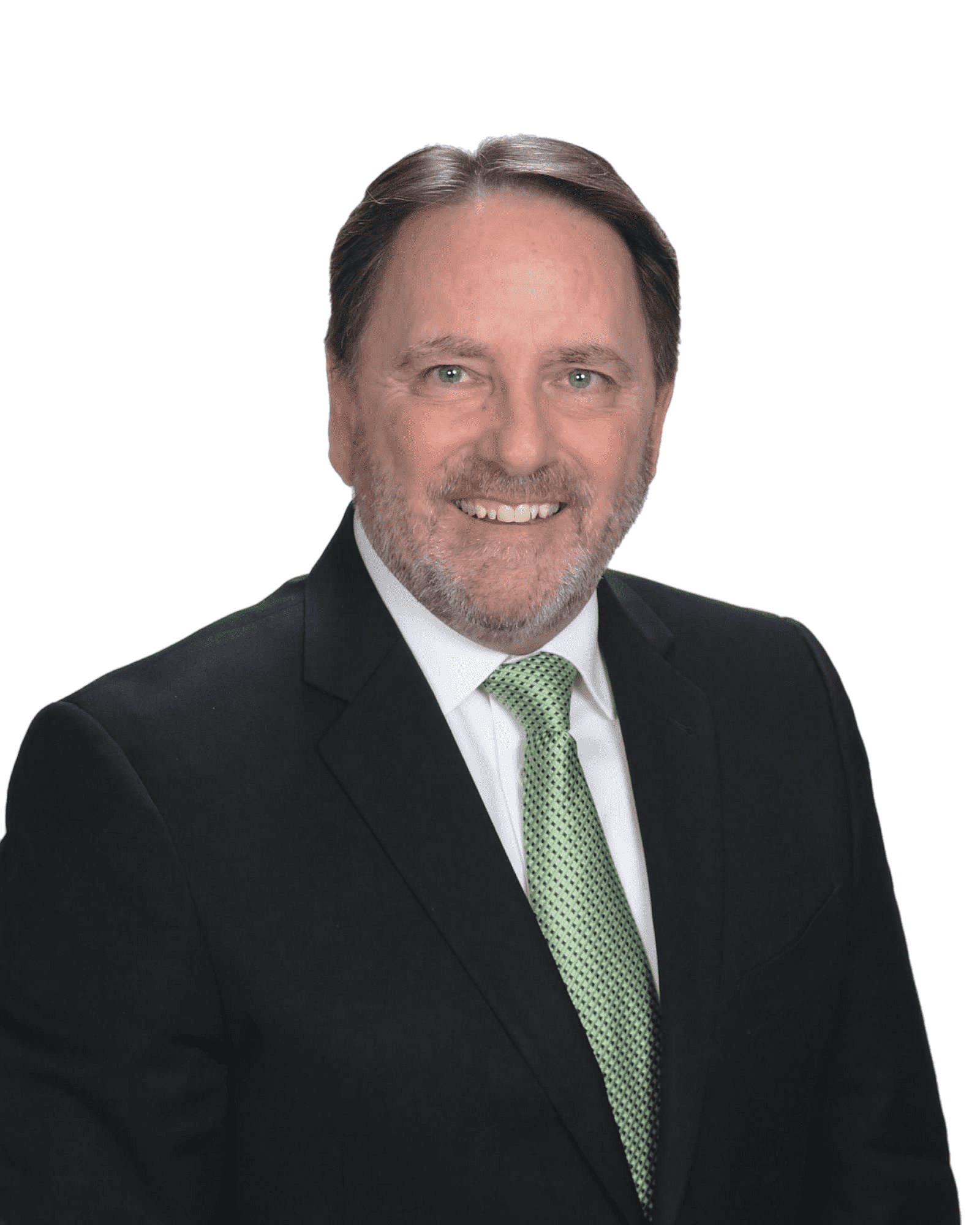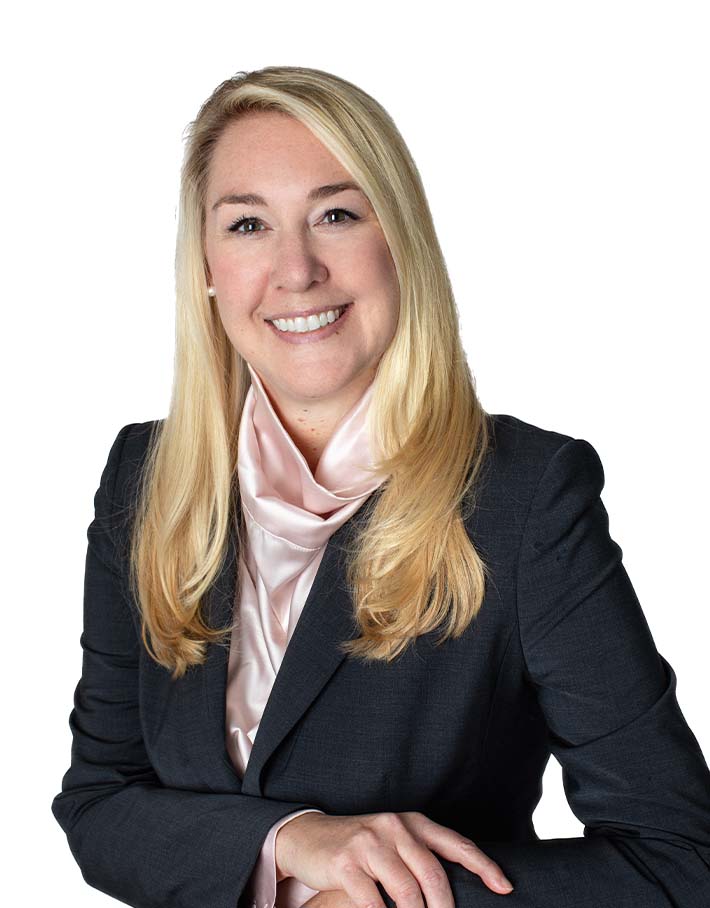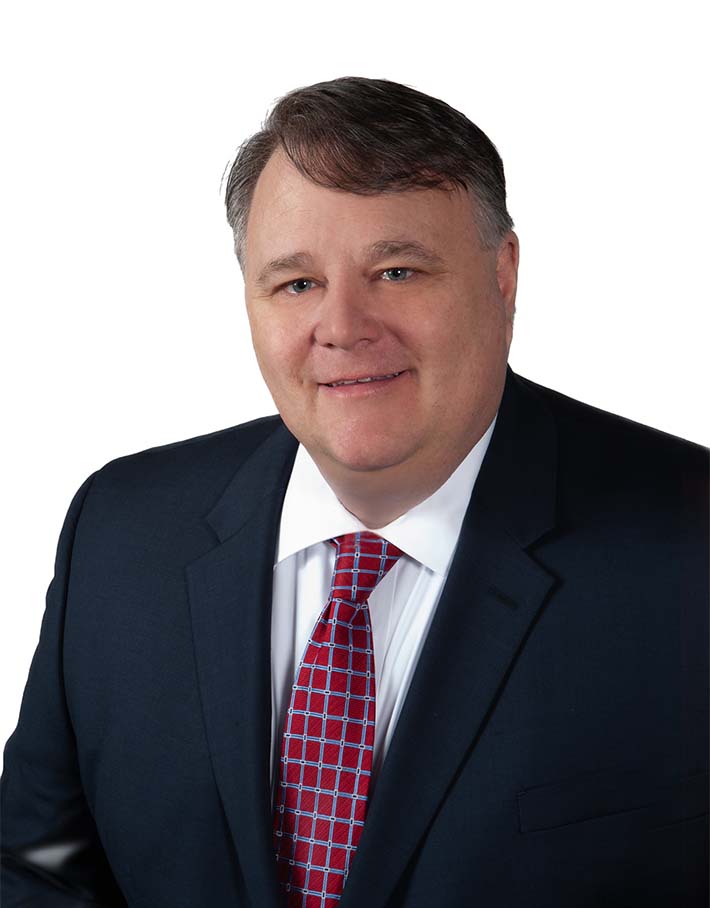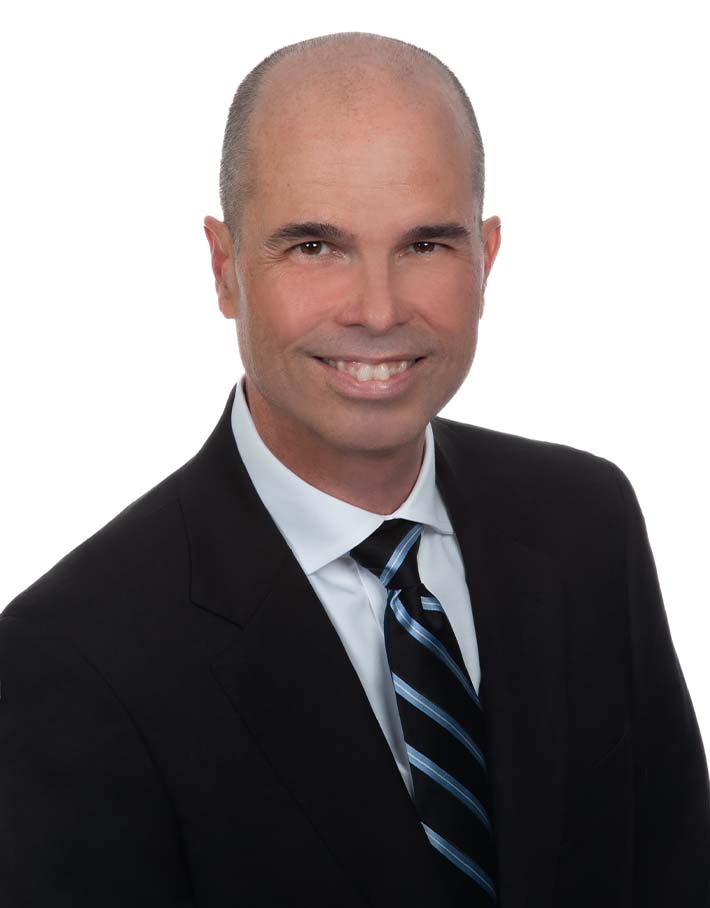Growing Your RIA Business
By Buddy Doyle, Sarah Sutton, Jay Donlin and Fred Wagstaff
Subscribe to our original industry insights
Grow Your RIA Business: Insights from the Experts
Are you starting or already running a Registered Investment Advisor (RIA) firm? Unlock the keys to building a prosperous and sustainable business with insights from industry leaders. In this episode of our podcast, we dive deep into what it takes to define and achieve success in the RIA world.
What You’ll Learn:
- Defining Success: Discover how to shape your vision of success and align it with your business goals.
- Building a Strong Foundation: Learn how to develop a business model that not only meets but exceeds your expectations.
- Smart Staffing Strategies: Understand the importance of having the right team and resources in place to support your growth.
- Maximizing Operations & Technology: Explore how to effectively leverage technology and streamline operations to boost efficiency and client satisfaction.
Join our experts as they share practical advice, real-world experiences, and actionable strategies to help you grow and sustain a thriving RIA business. Whether you’re just starting out or looking to refine your existing practice, this episode is packed with valuable takeaways to guide you on your journey.
Listen now and take the first step towards securing the future of your RIA business.
Additional Resources
Starting An RIA – What You Need To Know Before You Go
Starting An RIA – Registration and Compliance Requirements
Insider’s Guide: Selecting the Right RIA Custodian
Unlock Your Firm’s Potential
Starting a new wealth management firm is exciting and challenging. The transformation from getting your business up and running to creating a scalable business for growth and then effectively managing that optimized business doesn’t happen overnight. Oyster Consulting offers a range of services designed to help you create a sustainable business plan, identify opportunities, streamline operations, and maximize value.
Transcript
Transcript provided by Temi transcript services
Libby Hall: Hi everyone. And welcome to today’s podcast. I’m Libby Hall, your host, and with me are Oyster CEO, Buddy Doyle and consultants, Fred Wagstaff, Sarah Sutton, and Jay Donlin. Whether you’re starting an RIA or running one, there are some keys to growing a prosperous business. In this episode, our experts share their thoughts on defining success. What does that look like to you? And once you’ve defined what success looks like, what do you need to consider? Let’s get started. Buddy.
Buddy Doyle: Thanks Libby. Jay, Fred, Sarah. Welcome back. Good to have you back with our listeners, who are either thinking about starting an RIA or at least interested in learning about what happens as you start an RIA. And this is one, that if you’re running an RIA could be an topic for you, which is achieving prosperity and growing a prosperous business. And I’d like to open it up to the group to talk about growing a prosperous business and the things that you’ve seen that work, the things that you’ve seen that haven’t worked. For me, the number one key to growing a prosperous business is making the decision on what you mean by a prosperous business. What does that mean to you? But Jay, I don’t know if you’ve got any thoughts on this. You’ve worked with an awful lot of RIAs throughout the years. What do you think are some of the keys to success?
Jay Donlin: Everybody has a different definition of success. And just like you touched on, what do you view as a prosperous business? Do you view it as just covering your costs and having a good salary or a good compensation package for yourself? Is it expanding the business and having partners and being able to compensate your employees and your partners generously? You have to decide what your goal is when you talk about a prosperous business. If you’re a breakaway, a lot of the things that you’re used to just kind of having on your desktop, software and technology and tech support and that sort of thing, they all cost things. I mean they cost money. So you have to be cognizant of that when you’re looking at building out your business. Looking at prosperous versus profitable expenses are always a key, being able to control them and have a business plan in place in order to effectively run your firm, the way that you want to run your firm.
Buddy Doyle: And Fred, I know you’re the CFO in the room. I imagine I know what your answer is for a prosperous business, but any thoughts you could share on what Jay mentioned – expenses? And my head immediately goes to CFO.
Fred Wagstaff: Well, Buddy absolutely. You know the way that I view it is much the same way. It starts with financial planning and analysis with me. So FP and A. That’s where it starts. And I think you first have to build a model, right? You have to figure out what your levels of revenues are. You have to look at what your desired profit and profit margin units should be. And then, you start there and you work your way through up the expenses, because that’s all everything in between, right? And then you have to break them down between your variable costs and your fixed costs. And your variable cost, you just need to identify them. Determine what they are, number one, and how much is the percentage of your revenues they’re going to be.
And some of the examples there are your clearing costs, your ticket charge, variable compensation comes into there as well. And then once you go through that, you look at that number and then everything left between your target margin or profitability. And your revenues are your overhead cost or your fixed overhead costs? And then once you do that, you have to just identify those for things such as fixed compensation, rent, technology cost, equipment cost, insurance, licensing, et cetera. So all those things kind of come into play and you have to fit that with what you got. Otherwise you’re not going to run a profitable business or you’re not going to hit your targets, or you’ve got to increase your revenue.
One other thing that I’ll say here is that as you’re planning it, depending upon the size and the stage of your practice, you weigh the cost of benefits of hiring full-time staff versus outsourcing for a particular function. I think outsourcing makes sense from a financial perspective. Oftentimes with a startup or a company that’s in the early stages of their existence. In theory, it’s sounds easy that part, but that does take a lot of work and effort on the front end if it’s going to be done correctly.
Buddy Doyle: I’ve seen some clients, I have one client in particular, and I think part of your success criteria is what are you trying to build? And if you’re going out on your own, and you’re planning on growing your book of business and maybe adding some folks around you to help you grow your book of business, that’s a much different approach than if you are planning on bringing in a bunch of financial advisors and recruiting and building a firm that way. And one of our very successful clients that we were fortunate enough to work with early on and throughout their life cycle, when they first started, they raised capital. They got a capital infusion from investors to build a fairly significant large organization. And they had a whiteboard up with days to zero, right?
So they were tracking their daily burn rate, pre revenue and into getting revenue and growing that revenue to see how far they were from $0 left. And it was amazing to see the tension relief as that number started getting larger in terms of days to zero when you pass that breakeven point. But I think it’s more than just expense management as well, Sarah knows. There are things that you have to do that cost money that are just part of the care and feeding of the platform. There’s a cost of doing business that you have to do. And one of the interesting things is where people make decisions of what is mandatory and what is optional. And Sarah, I don’t know if you’ve got any thoughts on some of the things where you see folks didn’t plan for the expense well enough. Or that S curve growth where firms take a while to get going and then they start shooting up that take a while to get going, often goes longer than what you projected. But Sarah, are there any particular items to be on the lookout for where you want to make sure you’ve got the money set aside, the investment set aside or the time set aside to focus on fundamentals?
Sarah Sutton: I would definitely say first and foremost, as you define your business, and what you personally define as having a prosperous business, as Jay had mentioned earlier, taking that and your personal goal and how you’re going to achieve them, and making sure that it’s attainable, and do you have the right setup? So the first thing I would say is staffing. Are you going to be a one-man shop or one-woman shop? Can you do everything? Do you need one administrative individual to help you? Do you need an individual that can help on the investment side? I think that’s one of the things. A pie in the sky view of I can do it all and I’m going to make all this money and everything is going to be great.
And I’m going to add all these people to my staff. If that’s the route you’re going, how are you going to get there? I think it starts with number one, there’s only so many minutes in an hour and so many hours in the day and you really have to take into consideration what you truly can and cannot do, what your capacity is. And I think you should always be prepared. Especially initially, it’s hard to grow. It’s hard to take that leap and hire that additional person and be in that mindset to delegate. Because if you do have staff, are you delegating? I would say that’s probably one critical standpoint. Another is your technology, which we’ve discussed before, and your compliance piece. In today’s world you get what you pay for, and if you are limiting yourself to, I’m only going to add another advisor, I’m only going to add another administrative staff, what does that do to the rest of your business and how can that affect your underlying goals?
Buddy Doyle: And I think as I listen to Jay talk about partners and employees and things like that, one of the things to keep in mind as Sarah’s mentioning, delegate is trust. Cooperation is very important. This is a chemistry experiment that you’re putting together. There are things you have to do as an RIA to understand your clients’ goals and objectives, and to bring them on board and to get their assets at the custodian that you’ve selected. So all the technology works, you have people that you need to pay to run that technology. You’ve got to pay your vendors, your custodians, you’ve got to realize that you have to decide, are you going to do something or are you going to delegate something? And if you delegate it, you’ve got to make sure that you have a way to not just trust the person, but to verify that everything’s getting done.
So when you add more people in, you add some complexity. I would say, focus on what you’re trying to accomplish as a business. Focus on what you’re needing to do, and then focus on it’s like you’re running a car shop almost right. What are the parts? What are the labor? How does this all add up? And how does that serve my client? Does that get them what they need to meet their goals and objectives? And it sure helps when you look at, it in a similar fashion, to the advice you give, but your time horizon, what your tolerance for risk, what happens if things go wrong, how are you going to recover? But you’ve got to make sure that stuff gets done. Jay, you’ve been a big ‘get stuff, done, guy’, your whole career. Any thoughts on how to organize all this stuff?
Jay Donlin: So, it’s funny, Buddy, you use the analogy of a car because, we use the term run the engine. So when you’re out building your chassis of your firm, you say you build a four-door sedan and you’re running the engine by yourself. It doesn’t cost much more to go pick up a few other people and put them in that car and keep driving. And that’s leveraging the platform that you build. As you continue to grow, you’re able to leverage that platform and the profitability and your organization continues to grow with that. And so you want to make sure that you build that kind of run the engine platform. The way you want to leverage it in the future, what you envision to leverage in the future. And that’s not to say that you have to have it all solved day one, but to have it in your mind on how to accomplish that goal in the future. What your goals are and how to get there is pretty important from the start. How to run it, it’s always good. I think you touched on it, good people, right? You got to have good people. Like you said, it’s a chemistry experiment, do you have the right people? Do they all mesh very well? If you have a lot of turmoil amongst the group, it’s going to cause problems. It’s not going to be as efficient. You want to make sure that the people meld well in the organization. Your technology, you want to make sure that you can leverage technology as much as possible in this world, because that creates that access capacity, that you can continue to grow and not have to layer on additional expenses. Those are the key items that in my career, I’ve seen people that are successful, do it well. And people that aren’t successful struggle in making sure their firm is prosperous.
Buddy Doyle: And I think when you mentioned turmoil – there’s a time for turmoil and that’s in the planning phase. That’s where you want to challenge the ideas and where you want people to weigh in. But after you’ve made the decision about how to move forward, you don’t want turmoil. It’s okay to be challenged. And one of the things you’ll learn when you start an RIA is that you have to not just think like a financial advisor to be successful. You have to be able to get into the head of your clients and to understand what they need from you and how you need to communicate with them. And you’ve probably been pretty successful at that where you are, if you’re thinking about starting an RIA but you also have to think like an operations person and you may have been in conflict with your ops team at your current firm or not, but you are also going to have to think like a regulator and a compliance person.
There’s a lot of ways that folks come at you. So you want effective challengers to the preconceived notions. You want people pointing out risk as you start to operate, but you’ve got to get that balance between a healthy debate and turmoil. And once the decision is made, and once you’ve agreed to lock arms, you have to keep moving and have a process for effective challenge to a process that’s in motion, realizing momentum’s a pretty powerful force. Once you start down a path, you’re down that path to, to change. It takes a little effort, but you want to go down that path pretty hard. Most of the time, it can be really interesting as you get things going, but keep in mind, you have to not just trust the advisors in your firm, because you are an advisor, but to keep in mind, if you’re running a firm, there’s a little bit of a different animal to it. Uh, you, you have a duty to the, to the firm to see it be successful. And sometimes that means trusting and verifying. Sometimes it means trusting and looking at it and going, whoops, we made a mistake. We’ve got to make this right.
Buddy Doyle: Fred. Sometimes it seems like things are going to work, right? You get excited, you’re moving down the plan. And then from a financial perspective, maybe things aren’t turning out the way, you planned for it. Any thoughts on how to get in front of those issues, that where your plans aren’t going, as well as you, you had hoped. And sooner is always better from my perspective, and in making decisions, even if it’s stay the course, but any thoughts on what to look for there?
Fred Wagstaff: Sure, Buddy. Taken from what I said earlier about the FP and A. So the second half of that is the analysis phase, right. Which is exactly what you’re talking about. So, you know, you need to always make sure that you’re measuring your actual results versus your model. You really need to pay attention to the numbers, all the time, every month. And as you’re paying attention to those, you really need to develop. In my view, I think this works from things I’ve seen in the past. You develop key metrics to look at. And you have to pick which key metrics are key to the success around your business. Some of the things that come to mind are average AUM per account, total AUM, the number of accounts that you have, new assets in new assets out or assets transferred out – your variable, your fixed expense ratios, et cetera, all those kinds of things. But you need to pick some key metrics and really focus in on that and determine where it’s going good and where, and more importantly, where it’s going bad.
And then as you go through that, have to make the decisions as to what is causing this to be out of whack. Is it a lack of revenue? Is it expenses are too high? Do you need to cut some things? I would also say you need to pay particular attention to your balance sheet. You need to look at your balance sheet all the time, look at your underlying general ledger accounts and for a small, a lot of times that’s the owner that’s doing that kind of stuff. And that’s not that fun to have to get into the weeds and look at it from a regulatory and a financial perspective. You have to look and see what you’ve got, make sure you don’t have any aged items in your general ledger accounts so that you don’t have an uh-oh moment, down the road that you have a big expense write off or something like that. And the other thing is that this is what you were asking about initially, is that you have to really be able to adapt and adapt quickly to your situation.
Jay Donlin: Hey, Buddy. One thing that we should bring up is there’s a tendency, especially among small firms, but as owners too, when you run into some sort of trouble, like Fred’s talking about, is to cut, cut, cut, and I’ve never seen a business cut themselves into prosperity, cut expenses into prosperity. There comes a time where you have to make a decision. Hey, I’ve got to go get more revenue or I’ve got to change my business plan and I have to invest right in the company in some way, whether it’s marketing, whether it’s some sort of software or tool that you can utilize to expand the business, maybe a fiduciary review tool or something to that respect. Just be careful that you don’t get into this kind of focused tunnel vision of, oh, I’ve got to cut, cut, cut in my way to prosperity, because I’ve never seen it work. I’ve always seen it just become problematic over the long run. You can cut some expenses in the short run and address some immediate needs. But in the long run, it’s a revenue generated business. You need to go get more and you may need to invest in the firm in order to generate that additional revenue.
Buddy Doyle: And that is something that I think is a challenge. As a small business owner myself, I try to think about my expenses as investments or expenses, right? There are things that, where I’m investing money with the expectation of growth of some form or fashion, whether that’s through an efficiency gain or through top line revenue gains, adding additional products and services to the Oyster line. We do those things all the time. And I look out at a time horizon just like you would with your client. Generally, I make investment decisions with the three year time horizon today. It seems hard to look out five years with any level of certainty. So that’s where I come in, but some things I want a one year payback on. And so I think it’s not all things are built the same. And Jay, I agree with you.
If you’re finding yourself cutting, to meet your goals and objectives, you were pretty fluffy to begin with, where you are just spending freely. And that happens in certain organizations where cutting can be prudent. But I think it really is about having your eye on the long-term prize, the long-term value, making those decisions. If you’ve taken other people’s money in, and you’ve got investors, you obviously have a fiduciary duty to them. You have to look out for their timelines, which may or may not match up to yours. That’s a whole other way to get yourself in trouble. But I do think that if you’re cutting your way to prosperity, it sounds a little concerning to me. But the other thing is you have to think about problems differently.
If you are a one-person shop and you’re spending half your time bookkeeping, you’re probably not gathering new clients with new assets. If you’re spending all your time, tinkering with technology, that’s fun. That’s cool. Maybe you ought to talk to a recruiter about getting other financial advisors in. So there’s a lot of ways to look at your personnel as a business owner and what you’re good at, what you’ll like to do along with what has to be done and decide how do I plug in? Not everybody wants to be a compliance officer when they grow up. So do you take that role on yourself? Do you ask for somebody else to come in and do that? Do you get an outsourced consulting firm, like the one we are, or do you try to grow somebody internally that may have been your ops person in a branch. And there are pros and cons to all of it. So, I think you’ve got to carefully consider is that person who was ops manager or in the branch ready for an SEC exam, or are they ready for a branch exam? And I think if your answer is they’re ready for the SEC exam, then that’s your answer. And so, it really is facts and circumstances around all of this.
Libby Hall: Thanks everyone for listening. If you’d like to learn more about how Oyster can help you start, run, or grow your RIA, contact us @oysterllc.com and we’ll be happy to chat with you. If you like what you heard today, follow us on whatever podcast platform you listen to and give us a review. Reviews make it easier for people to find us. Have a great day.






